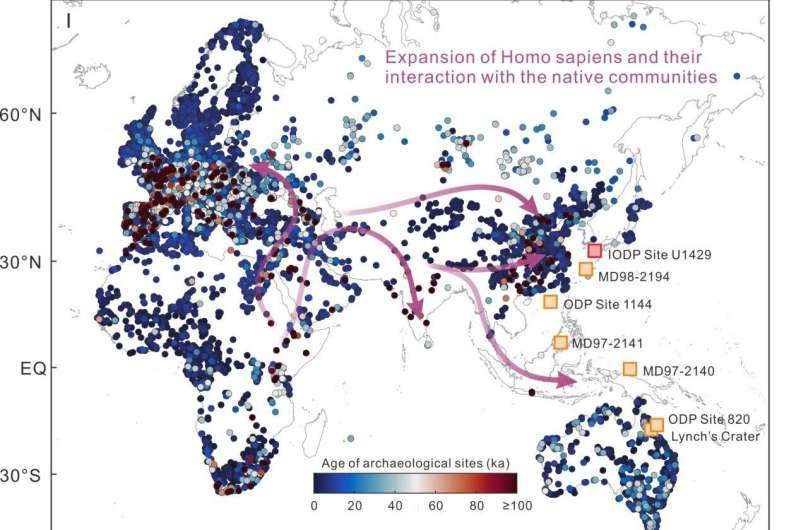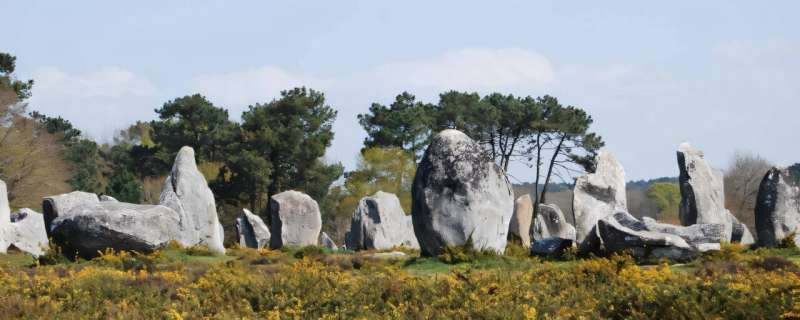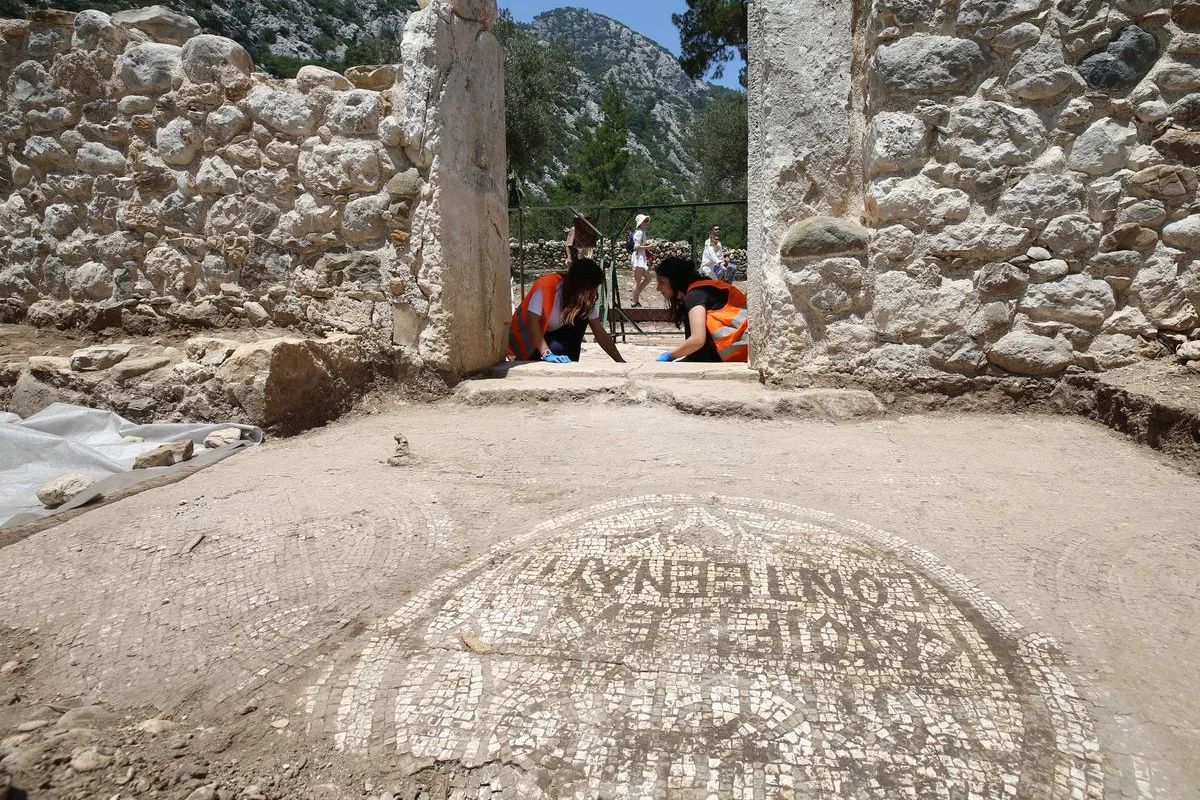In a groundbreaking study published in the American Journal of Biological Anthropology, linguist Johanna Nichols presents a paradigm-shifting model for understanding the ancient settlement of the Americas, drawing on a comprehensive analysis of Indigenous American languages. By integrating linguistic data with archaeological and paleoclimatological evidence, Nichols illuminates the complex tapestry of human migration that shaped the earliest chapters of North American history, suggesting a Siberian origin for these languages.
Nichols' research identifies four main entry points into North America from Siberia, spanning a timeline of millennia: two coastal entries around 24,000 and 15,000 years ago during favorable sea ice conditions, an inland passage approximately 14,000 years ago via an ice-free corridor, and a final coastal migration around 12,000 years ago as ice sheets retreated.
Central to Nichols' findings is the recognition of linguistic diversity as a reflection of these multiple migration waves occurring over an extended period. She identifies two distinct population strata based on linguistic features: an early coastal stratum associated with the first two entries, and a later inland/coastal stratum corresponding to the third and fourth entries.
Moreover, Nichols discerns specific linguistic traits linked to particular entry points. For instance, the prevalence of n-m pronouns in Oregon and California suggests a linguistic legacy from the second coastal entry around 15,000 years ago, while polysynthetic structure and noun incorporation are associated with subsequent migrations.
Utilizing a meticulous approach, Nichols surveyed 16 phonological and morphological features across 60 representative languages, enabling a comprehensive analysis of linguistic evolution over time. While acknowledging the ambitious nature of her study, Nichols emphasizes the need for further interdisciplinary research to validate and refine her model.
Indeed, Nichols' study marks a pioneering endeavor at the nexus of linguistics, archaeology, and paleoclimatology, offering tantalizing insights into the complex dynamics of human migration and cultural diffusion. As researchers continue to unravel the mysteries of ancient North America, Nichols' work serves as a catalyst for further exploration and discovery, forging a path toward a deeper understanding of our shared human heritage.







